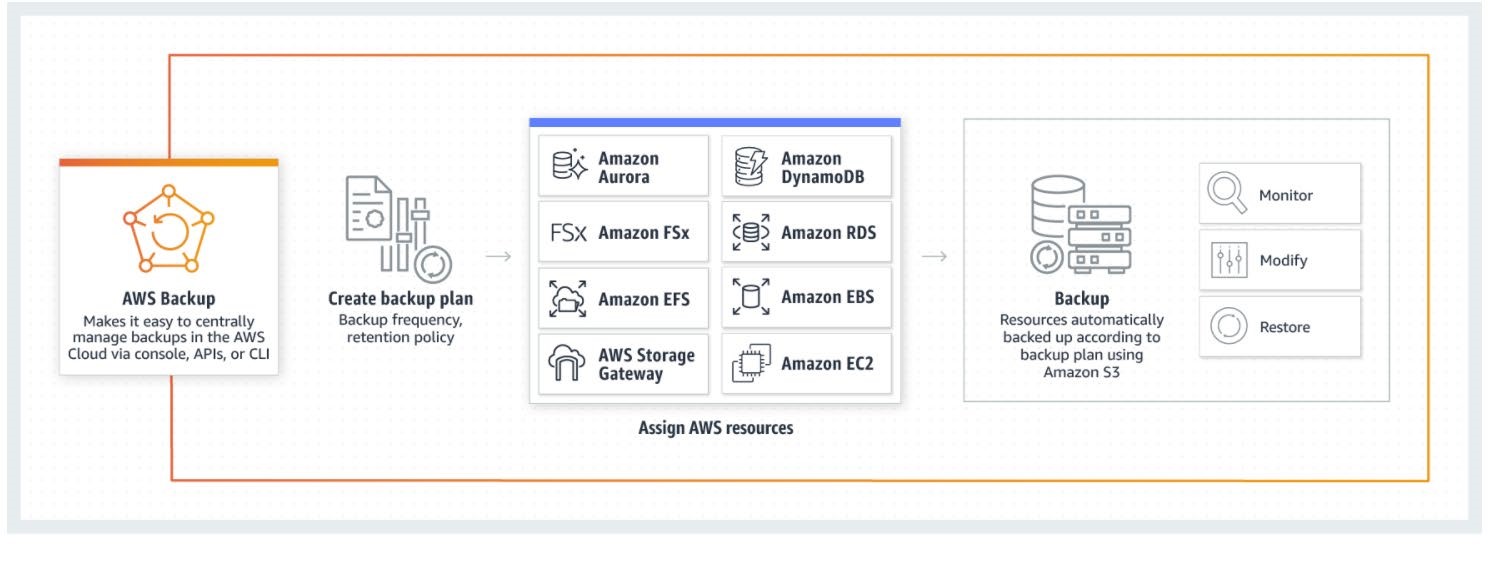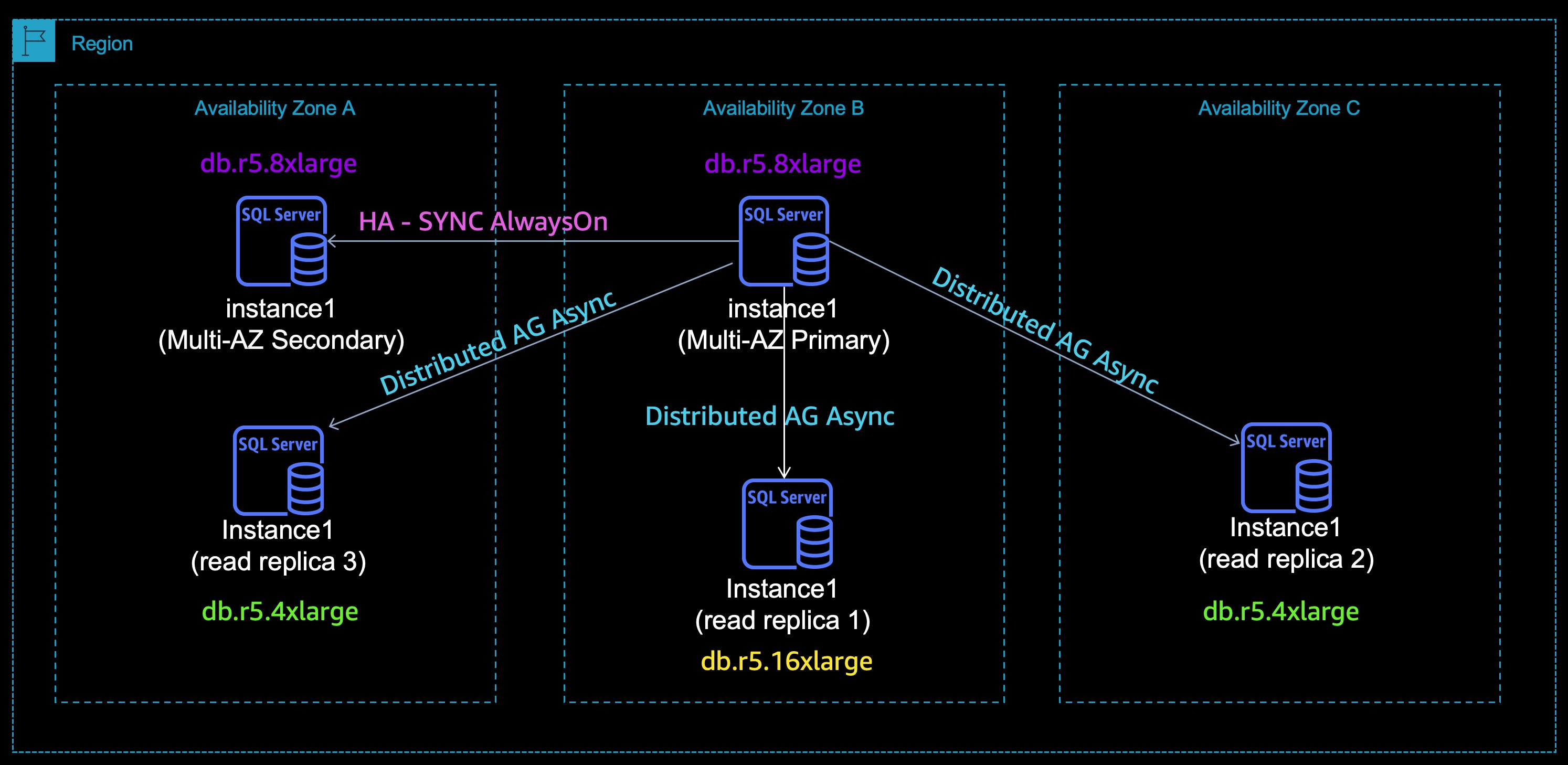AWS Database Blog
Category: Amazon RDS
Backup and Restore Strategies for Amazon RDS for SQL Server
Customers have asked for the right solution to safeguard their data on Amazon Relational Database Service (Amazon RDS) for SQL Server and meet their current Recovery Point Objective (RPO), the maximum acceptable amount of time since the last backup and Recovery Time Objective (RTO), the maximum acceptable delay between the interruption of service and restoration […]
Replicate your data from Amazon Aurora MySQL to Amazon ElastiCache for Redis using AWS DMS
Caching enables the best user experience for real-time applications. You can build applications that provide sub-millisecond response times by storing the most frequently requested data in an in-memory cache like Redis. On August 30, 2021, we announced the support for migrating your data from supported sources to Redis, Amazon ElastiCache for Redis, and Amazon MemoryDB […]
Customize Amazon RDS events notification using Amazon EventBridge and AWS Lambda
Large customer database infrastructures are often deployed with Amazon Relational Database Service (Amazon RDS), which includes various engine types such as Oracle, SQL Server, MySQL, MariaDB, and PostgreSQL. Monitoring is an important part of maintaining the reliability, availability, and performance of Amazon RDS and your AWS solutions. To debug multi-point failures, we recommend that you collect monitoring data from all parts […]
Use the TempTable storage engine on Amazon RDS for MySQL and Amazon Aurora MySQL
August 2023: This post was reviewed and updated to reflect a new parameter change in MySQL Community 8.0.28 that impacts Amazon Aurora MySQL release. MySQL 8.0 has introduced TempTable as the new, default internal temporary table storage engine to speed up query processing. The MySQL query optimizer creates temporary tables internally to store intermediate datasets […]
Readable standby instances in Amazon RDS Multi-AZ deployments: A new high availability option
Amazon RDS Multi-AZ deployments are ideal for production database workloads. When you have Multi-AZ deployment, Amazon Relational Database Service (Amazon RDS) provisions one primary and one standby DB instance with synchronous physical replication of Amazon Elastic Block Store (Amazon EBS) storage for high availability and failover without data loss. However, you can’t read from the […]
Set up a cross-region disaster recovery site for Amazon RDS for SQL Server
A common use case for Enterprise workloads is to have a reliable and effective disaster recovery (DR) strategy that keeps your database applications in operation with little or no disruption even if an entire Region is unavailable. Amazon Relational Database Service (Amazon RDS) for SQL Server is a fully managed database that makes it easy […]
Benchmark Amazon RDS SQL Server performance using HammerDB
For many organizations, performance is a key priority for databases that need to handle a high load. Amazon Relational Database Service (Amazon RDS) is a managed service with a cost-efficient, reliable, and highly scalable database offering which makes it a suitable use case for such requirements. In this post, I walk you through benchmarking Amazon […]
Use Oracle Real Application Testing features with Amazon RDS for Oracle
February 2024: This post was reviewed and updated with the Amazon Elastic File System (EFS) integration in RDS for Oracle. The updates show how to use RDS for Oracle as source for Real Application Testing (RAT). Customers running databases in a self-managed environment face many challenges, such as scalability, performance, maintenance overhead, and reliability. To […]
Architect a Managed Disaster Recovery on Amazon RDS for SQL Server: Part 2
In our last series of posts (Part 1, Part 2, Part 3, and Part 4) , we discussed disaster recovery (DR) terminology and compared the DR solutions available for SQL Server on Amazon Elastic Compute Cloud (Amazon EC2). In this series, we continue to cover the DR solutions available for Amazon Relational Database Service (Amazon RDS) […]
Architect a Managed Disaster Recovery on Amazon RDS for SQL Server: Part 1
The initial challenge that database administrators (DBA) encounter when planning disaster recovery (DR) for SQL Server is choosing from the many options available. The challenge does not stop there as DBAs must implement the selected technology and ensure that best practices are applied. Amazon Relational Database Service (Amazon RDS) is a managed service that makes […]









